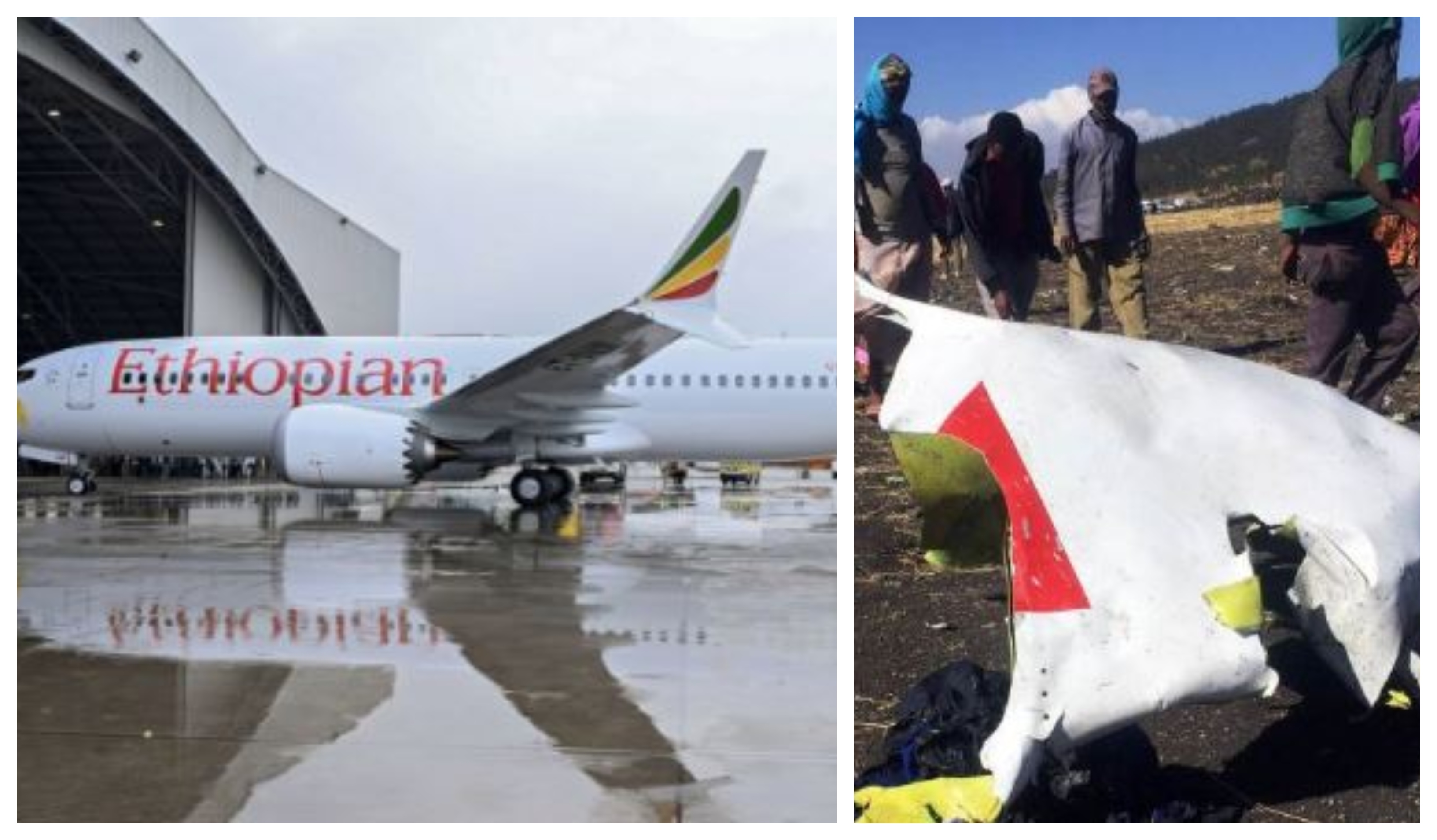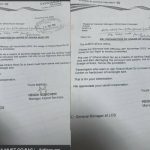The wall street journal has published a report from an un-named source which reveals that Pilots flying Ethiopian Airlines Flight 302 initially followed emergency procedures that were laid out by Boeing before the plane crashed.
After every crash, a preliminary report is required by the investigating authority to be produced within 30 days of the incident.
If the findings reported in the journal is confirmed, then it means that following emergency procedures in the Boeing handbook may not have been sufficient enough to prevent a crash.
The Journal also reported that despite following the steps, which included turning off an automated flight-control system, pilots could not regain control of the Boeing 737 MAX 8.
The findings are not final and subject to change as the investigation continues.
Other reported findings from data retrieved from the Ethiopian Airlines jet’s black box suggests that the flight-control feature, called the Maneuvering Characteristics Augmentation System, , automatically activated before the crash
The System forced the plane’s nose down more than 24 times before it finally hit water, that’s according to another preliminary investigation by Indonesia’s National Transportation Safety Committee.
The report revealed that the system was responding to a faulty sensor.
US pilots who fly the Boeing 737 Max have also registered complaints about the way the jet has performed in flight.
Investigators have also pointed out the probability that pilots may not have had sufficient training with the system.














